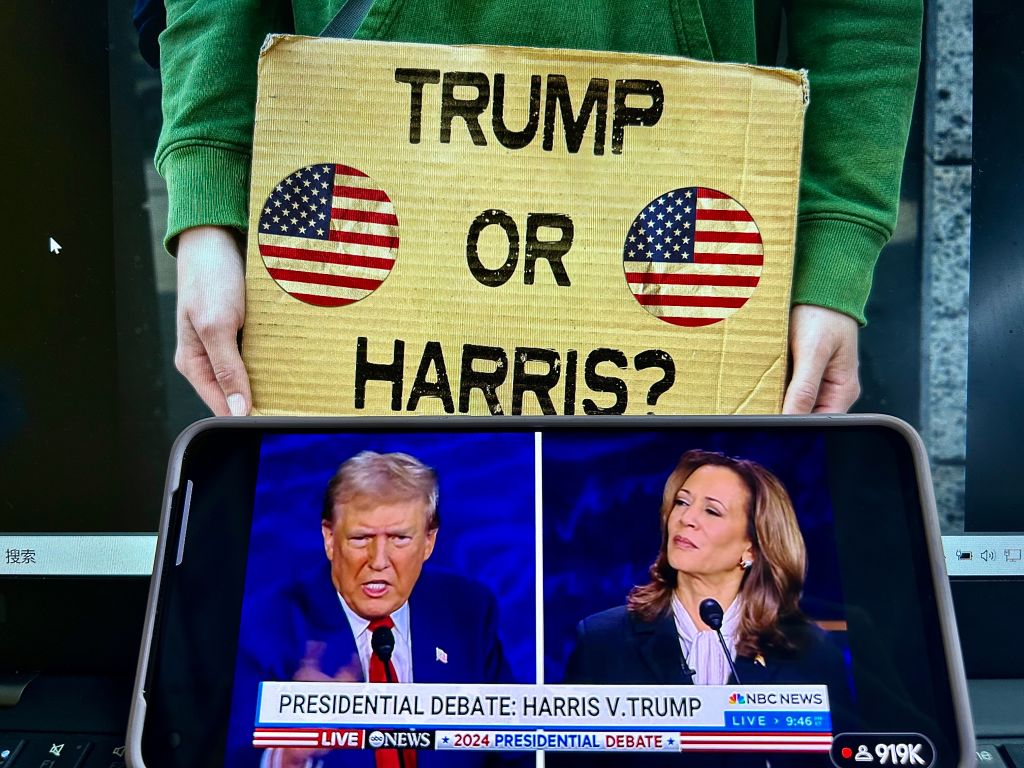We’re a world away from the US elections, but whatever your political persuasion or vague interest, it’s worth following for the billion-dollar production costs, dramatic casting and reality show fodder.
Since March, the two presidential campaigns have spent $2.1 billion. Of this, more than $1 billion came from outside political donations. Meanwhile, in frugal Australia, our major political parties combined spent nearly $420m in donations at the last federal election.
Cash splashing aside, there’s a lot of stamina involved (the candidates’ and the public’s). Trump announced his intention to run for the Republican candidacy in November 2022. His campaign will have lasted nearly two years by the time polling day arrives. That’s an ultra marathon.
Australia’s federal election campaigns typically last about a month.
And after a gruelling campaign and ludicrous expenditure, it’s not compulsory to vote in the US. A third of all voters who are eligible to vote will not vote. That equates to about 70 million Americans not turning up on polling day.
This is probably not helped by the fact that polling day is held on a Tuesday. Apparently it’s been on the first Tuesday of the month since 1845, when farmers made up most of the workforce and early November was when harvest finished. Today, however, less than 2 per cent of Americans work in agriculture.
Interestingly, convicted felons are allowed to vote (in some US states) so convicted felon and presidential candidate Donald Trump can vote for himself because he’s from New York, where it’s allowed.
Now, for the America’s Electoral College voting system. In the United States, the person who becomes president is not necessarily the candidate who wins the most votes.
Here’s a crash course in how it works. When Americans cast their vote, they’re actually voting for a group of Electoral College people called “electors”.
These “electors” are like representatives for each state and all 538 of them will meet in December to vote for the president.
This looks good on paper, however not all states are created equal. The bigger the state’s population, the more “electors” it gets (California gets 54 electoral college votes – the most of any state – but Washington DC only gets three).
So, Kamala Harris and Donald Trump are vying for the most Electoral College votes, not necessarily a popularity vote from the population.
Here’s another interesting fact. Whilst “electors” are supposed to reflect the will of the people in their state, sometimes they don’t. It’s called a “faithless elector”. Sometimes electors don’t have faith in the election result within their state and instead vote for another person.
So, hold on tight Canberra, grab some popcorn and enjoy the show. If you’d like to have a go at guessing the presidential winner, head down to the Australian American Association this Wednesday and throw a dart at the candidate dartboard. It’s not as accurate as elections analyst Antony Green, but it’s fun.
The Australian American Association will be serving freedom fries and cheeseburgers alongside the modest democracy sausage at the Canberra Service Club in Barton from 10am.



